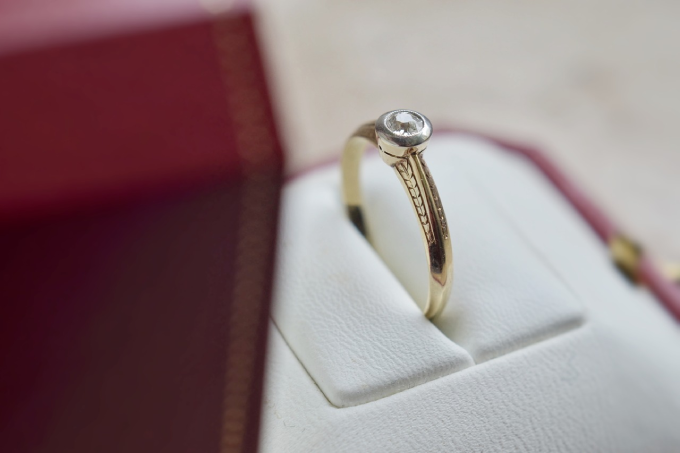
Image credit: vjkombajn (Pixabay)
A decrease in global travel in the wake of the early COVID -19 lockdowns prompted Chinese consumers to turn to national sources for their luxury purchases, sending the domestic market climbing. This increase helped to double China’s overall share of the global luxury to 20%, but the growth in mainland China could not compensate for the consumption of Chinese products lost overseas.
The year also saw variations in growth across categories, with leather goods and jewelry leading the way at a rate of about 70% to 80%. Ready-to-wear clothing and shoes saw growth of about 40% to 50%. Luxury beauty spending rose by about 25%, and high-end watch purchases increased by about 20%.
This year’s growth is expected to continue, putting the country on track to claim the biggest share of the market by 2025. Among the engines that powered China’s luxury goods market in 2020 are Brands, which experienced a range of growth, from 10% to more than 70%, depending on the brand. With global conditions unlikely to return to normal before 2022 or 2023, Bain & Company thinks most luxury brands will continue to see positive domestic growth next year, to about a 30% level, at least until the second half of the year. The report says that brands trying to maintain their business are carrying out loads of offline activities, such as fine-jewelry exhibitions and fashion shows, invitation-only product presentations, pop-up stores for seasonal collections, flagship launches and themed cafés.
Aruna Gaitonde, Editor in Chief of the Asian Bureau, Rough&Polished
